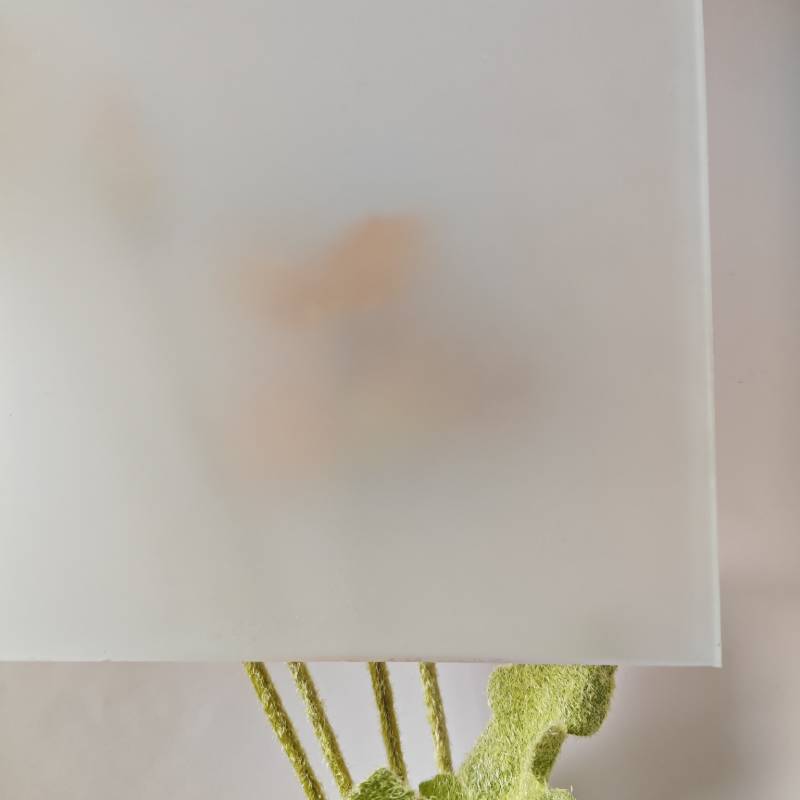

Understanding Float Glass Types A Comprehensive Overview
Float glass, a popular form of glass used in various applications, is widely recognized for its excellent optical clarity, smooth surface finish, and versatility. This type of glass is produced by floating molten glass on a bed of molten tin, yielding a flat, uniform thickness that can be further processed for various uses, including windows, mirrors, and display cases. In this article, we will explore the different types of float glass, their properties, and their applications.
The Process of Float Glass Production
The float glass manufacturing process begins with the melting of silica sand, soda ash, and limestone at high temperatures to create a molten glass mixture. This mixture is then poured onto a bath of molten tin, where it spreads out and flattens to form a continuous sheet. The float glass solidifies as it moves along the tin bath, resulting in a perfectly flat surface on both sides. After cooling, the glass is cut into sheets and may undergo various treatments to enhance its properties.
Types of Float Glass
Float glass can be categorized into several types, each suited for specific applications
. Here are the primary types1. Clear Float Glass This is the most common type of float glass. It is colorless, transparent, and suitable for various applications, including windows and doors. Clear float glass has a visible light transmission of about 90%, making it ideal for situations where clarity is crucial.
2. Tinted Float Glass This type of glass has added color that reduces glare and reflects solar heat. It is commonly used in commercial buildings and homes to enhance energy efficiency while providing privacy. Tinted float glass comes in various shades, such as gray, bronze, and blue, offering aesthetic flexibility for architects and designers.

3. Low-E Float Glass Low-emissivity (Low-E) glass is treated with a thin metallic coating that reflects heat while allowing visible light to pass through. This glass type is energy-efficient as it helps in reducing heating and cooling costs by minimizing heat loss. Low-E float glass is commonly used in energy-efficient buildings and residential applications.
4. Laminated Float Glass Laminated glass consists of two or more sheets of float glass bonded together with an interlayer, typically made of polyvinyl butyral (PVB). This type enhances safety and security, as it reduces the likelihood of shattering. Laminated float glass is often used in skylights, glass doors, and safety glazing applications.
5. Tempered Float Glass Tempered glass is heat-treated to increase its strength and thermal resistance. This type of float glass can withstand high temperatures and is less likely to break upon impact. It is commonly used in shower doors, glass railings, and facades.
6. Reflective Float Glass This glass features a reflective coating that enhances privacy while providing solar control. Reflective float glass is frequently used in commercial buildings to reduce solar heat gain and glare while maintaining an aesthetically pleasing appearance.
Applications of Float Glass
The versatility of float glass makes it suitable for a wide range of applications. In residential settings, it is commonly used in windows, patio doors, and shower enclosures. In commercial buildings, float glass is utilized for facades, curtain walls, and interior partitions. Its aesthetic appeal is also favored in the automotive industry for windshields and side windows. Additionally, float glass is utilized in the construction of glass furniture, mirrors, and display cases.
Conclusion
Float glass is a cornerstone of modern architecture and design, offering a multitude of types to meet diverse needs. From clear and tinted glass to specialized options like Low-E and reflective glass, each type serves specific functions while contributing to the overall aesthetic of a space. As technology advances, the applications and qualities of float glass will continue to evolve, further solidifying its importance in our daily lives. Understanding the various float glass types is essential for anyone involved in construction, design, or manufacturing, illuminating the myriad possibilities that this versatile material offers.